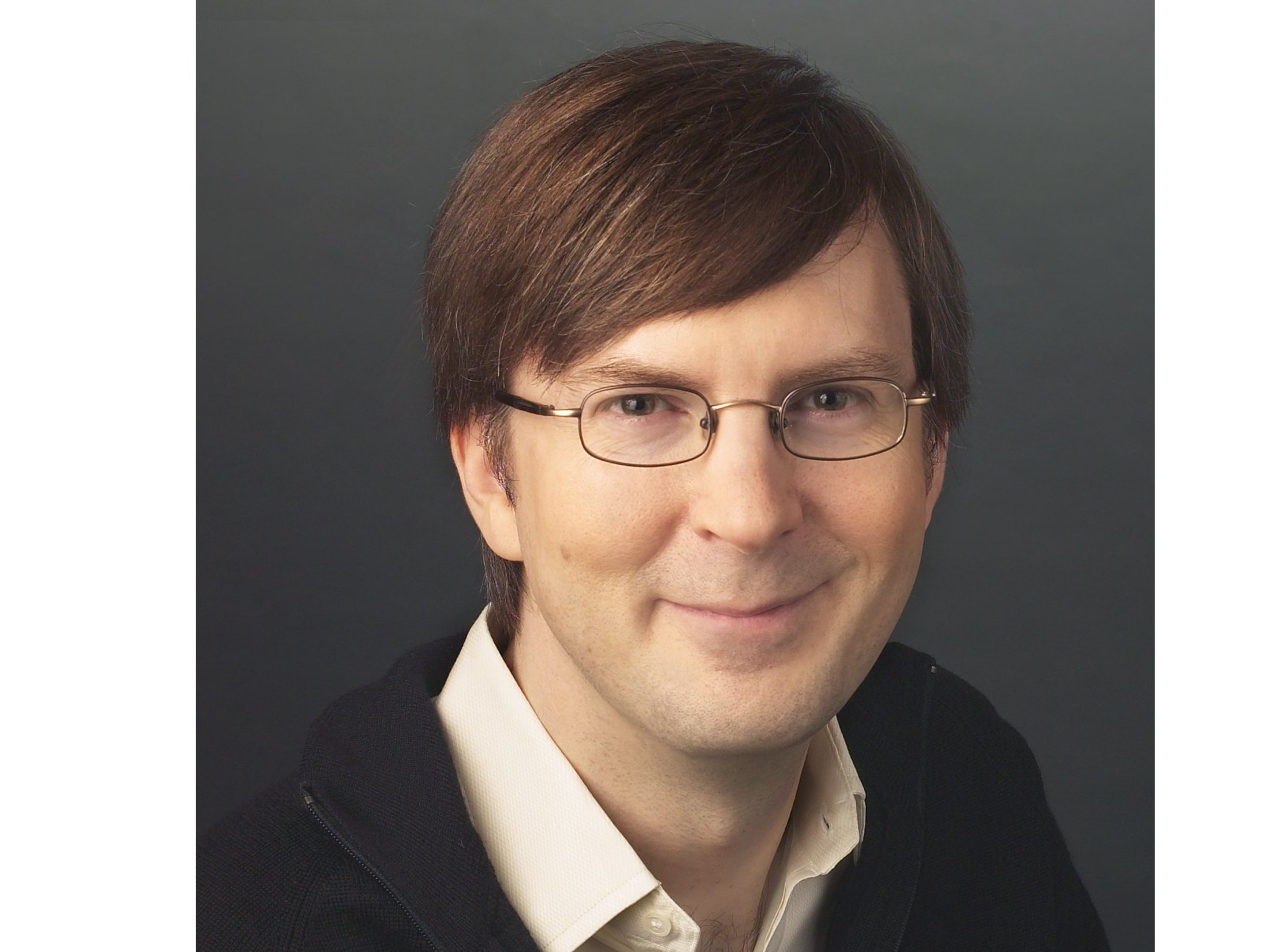Adobe says designers should put mobile first
ETech 09: And how Adobe is making green choices easier for designers

Given how much printed material Adobe is responsible for, it's not surprising that Kevin Lynch, Adobe's Chief Technology Officer, used ETech to explore how Adobe's tools might help reduce waste by making it easier for designers to make more sustainable choices - as well as thinking about how creatives can cope with designing for different platforms.
It's not easy for designers to reduce the impact of their work – coloured inks may be toxic, paper may not be recycled, and layouts might use more paper and resources than are strictly necessary. Standards are already being developed to help designers make these decisions, including The Designers' Accord, which is building a community around the philosophy of designing for the least impact.
But when you're working in Photoshop, how do you know if the green you choose for a logo is a good green or a bad green?
Saving money with tools
Lynch showed mock-ups of tools like a print dialogue that offers to optimise the layout to minimise how much paper it needs – and shows how much money that saves. You could choose inks and papers with minimal environmental impact, and get scored on how environmentally sustainable the project is.
And an Impact palette would tell you exactly what difference your design choices make as you work, suggests Lynch. "You'll get details of chemical content or environment impact of this colour orange - does it fit with the standards you've said you're comfortable with?"
The aim is to show the impact of design decisions earlier in the process, helping designers work to environmental standards.
Sign up for breaking news, reviews, opinion, top tech deals, and more.
There is an alternative to print: online. But with so many screen sizes and device form factors, Lynch points out that "creating experiences that work across these environments is really hard right now – when you take into account the constraints and capabilities of devices."
Putting mobile first
"PCs are about 25 per cent of consumer electronics sales, the rest is set-top boxes and cellphones connected to the internet", he explains, so he suggests designers turn the usual process on its head and "design for mobile first, designing from the bottom up." Using what Lynch called the "cone of compatibility", you can create the mobile version first before thinking about desktop and web versions; he claims Adobe is building Flash Player 10 for mobile and the desktop browser at the same time.
Adobe isn't getting into the note-taking business but Lynch showed a sample app, with the same application working on phone, PC and web, and data staying in sync between them.
There are subtle differences between the interfaces, as we have different expectations on different devices, as well as different capabilities; "the controls for adding new notes are on the top on the desktop and on the phone they're on the bottom because of what people expect on the desktop as against soft keys on the phone".
This is where Adobe's work with the Open Screen Project comes in; it's intended to help solve the design and technical challenges around a consistent user experience for a range of devices.
Adobe's sustainability work isn't just about design. It's also working on tools to reduce the amount of travel. Its Connect tools build on Flash for an easy-to-use video conferencing tool. A third-party extension, Footprints, helps calculate the environmental impact of an online meeting – automatically calculating the cost of flights and the CO2 that's been saved.
There are tools to get reports for everything from individual to departmental to whole business savings, and even savings badges for web, something that's led to an informal contest between Adobe departments for the largest reduction in environmental impact. Everyone likes a competition, and this one has meant that there's been viral adoption of online meetings.
Mary (Twitter, Google+, website) started her career at Future Publishing, saw the AOL meltdown first hand the first time around when she ran the AOL UK computing channel, and she's been a freelance tech writer for over a decade. She's used every version of Windows and Office released, and every smartphone too, but she's still looking for the perfect tablet. Yes, she really does have USB earrings.